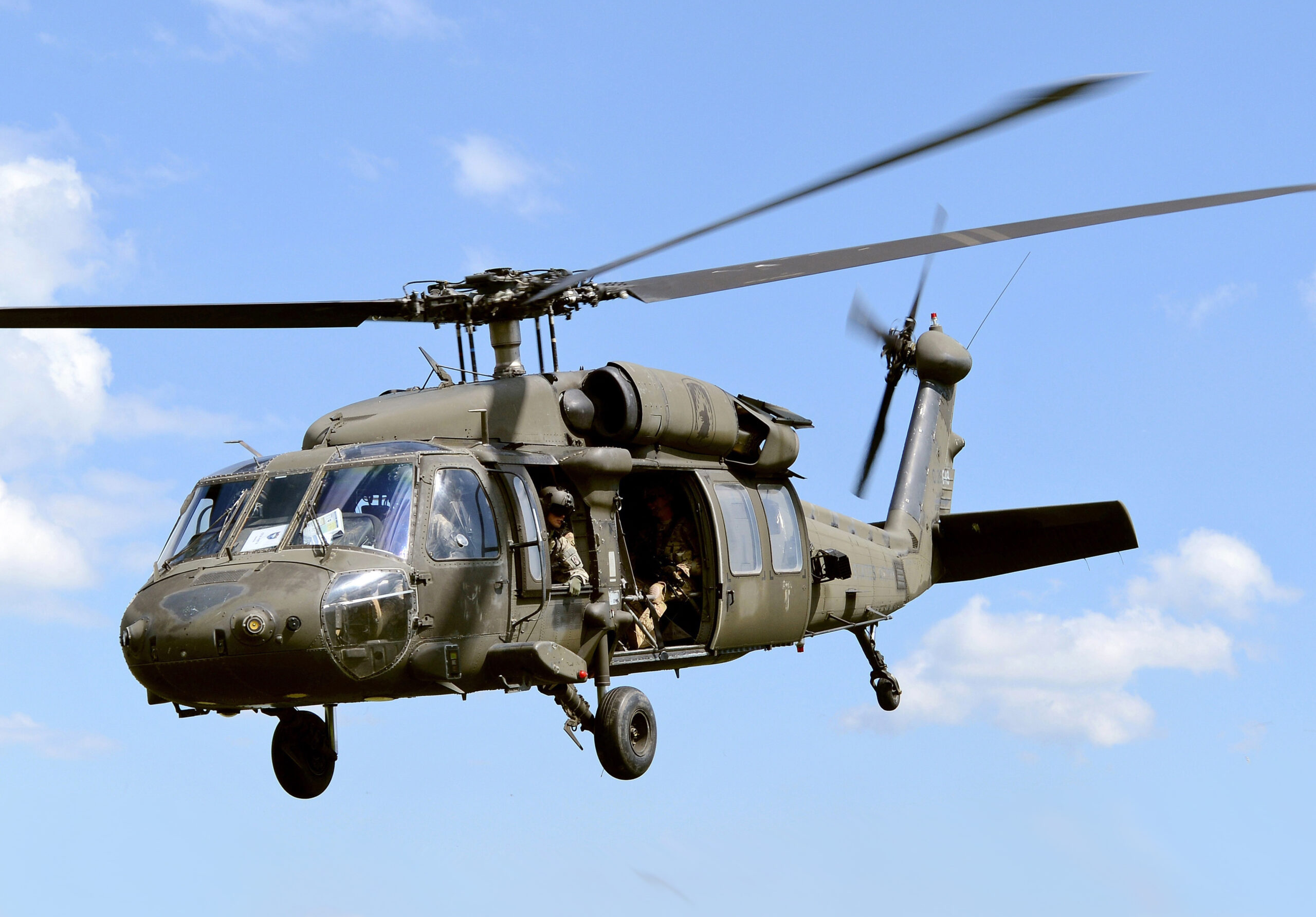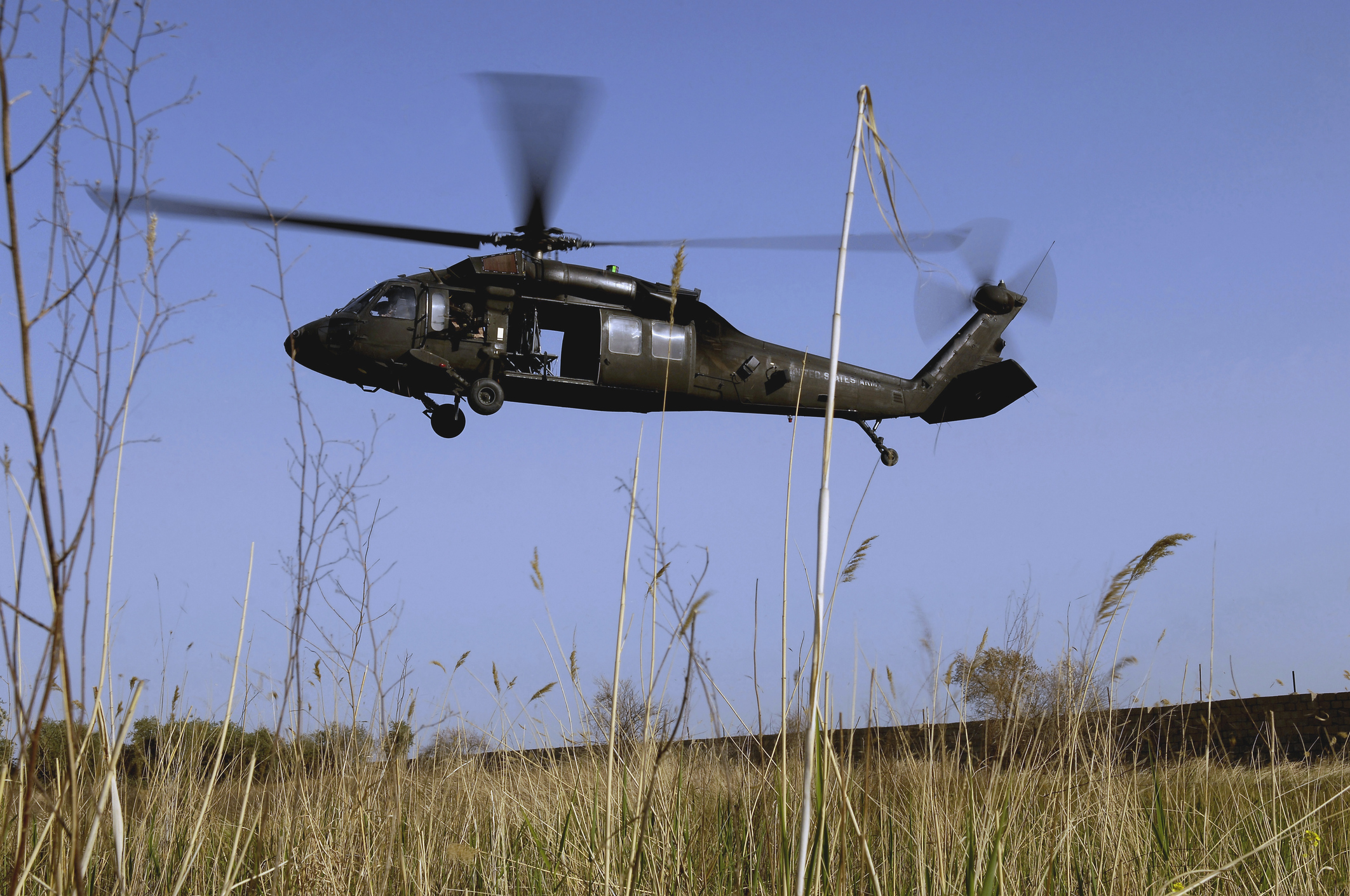Understanding the UH 60: Design, History, and Its Impact on Military Aviation
Understanding the UH 60: Design, History, and Its Impact on Military Aviation
Blog Article
Checking Out the History and Development of the UH 60 Helicopter

Beginnings of the UH-60
The origins of the UH-60 helicopter can be mapped back to the late 1960s, a duration marked by the need for a functional energy airplane that might adjust to the advancing needs of modern warfare. The united state Army identified the need for a replacement for the older UH-1 Iroquois, which was becoming significantly inadequate for the complexities of contemporary fight scenarios. In 1967, the Army started the Energy Tactical Transport Airplane System (UTTAS) program, which sought to create a multi-role helicopter efficient in numerous objectives, consisting of army transportation, clinical emptying, and logistical assistance.
The UH-60 Black Hawk was presented, showcasing cutting-edge style components and advanced technology that established it apart from its precursors. The UH-60 rapidly acquired acknowledgment for its robust efficiency, reliability, and versatility, leading the way for its comprehensive usage in military operations and solidifying its status as a cornerstone of U.S. Army air travel.
Secret Layout Functions
Cutting-edge style features of the UH-60 Black Hawk dramatically contribute to its operational efficiency. One of the most remarkable facets is its twin-engine configuration, which boosts reliability and supplies a higher power-to-weight proportion, enabling the helicopter to execute under different conditions. The aircraft's four-blade major rotor system offers enhanced lift and ability to move, important for tactical missions.

In addition, the cockpit is developed for ideal presence and functional designs, featuring innovative avionics that improve pilot operations. The modular style of the UH-60 permits for simple upkeep and adaptability, making it suitable for numerous goal accounts, from army transportation to medevac operations. These key design features ensure that the UH-60 Black Hawk remains a functional and reputable property in military aeronautics, with the ability of meeting the needs of modern-day war.
Technological Innovations
Recent technological improvements in the UH-60 Black Hawk have substantially enhanced its operational capacities and adaptability. The integration of sophisticated avionics, such as electronic trip control systems and boosted situational understanding display screens, enables pilots to operate with boosted accuracy and effectiveness. These systems facilitate boosted navigation, interaction, and data sharing, enabling the helicopter to work efficiently in diverse environments.
Furthermore, the intro of composite products has actually decreased the general weight of the airplane while preserving architectural stability. This reduction boosts gas efficiency and expands operational variety. The consolidation of innovative blades technology, including the use of four-blade, fully verbalized blades systems, has enhanced lift performance and maneuverability, permitting much better handling in numerous flight conditions.

Furthermore, innovations in propulsion systems, such as the T700-GE-701D engines, have increased power result and reliability - uh 60. These engines contribute to remarkable efficiency in hot-weather and high-altitude conditions
Lastly, the combination of self-defense systems and enhanced sensing unit packages improves the Black Hawk's survivability and mission performance. Collectively, these technological renovations ensure that the UH-60 Black Hawk continues to be an important possession in modern-day air travel, capable of adjusting to the evolving needs of navigate to this website humanitarian and military missions.
Duty in Armed Force Procedures
As the foundation of united state Army aeronautics, the UH-60 helicopter plays a crucial function in various army operations, acting as a functional system for fight support, transport, and medevac missions - uh 60. Its style incorporates the capability to run in diverse settings, making it vital for army motion and logistical support in both traditional and unique warfare

In clinical evacuation situations, the UH-60 has proven indispensable, considerably minimizing the moment to transfer wounded soldiers from the combat zone to clinical centers. Its innovative avionics and evening vision capacities see it here further guarantee goal success under challenging conditions. Overall, the UH-60 helicopter remains a crucial asset, constantly adjusting to satisfy the developing needs of armed forces procedures and enhancing the effectiveness of U.S. pressures worldwide.
Future of the UH-60
Looking ahead, the future of the UH-60 helicopter involves substantial advancements in modern technology and capabilities created to enhance its operational efficiency. As army operations develop, the UH-60 is expected to incorporate cutting-edge modern technologies, consisting of enhanced avionics, boosted tools systems, and progressed interaction tools. These improvements will permit better situational understanding and goal flexibility, ensuring that the UH-60 stays a vital asset on the battleground.
One noteworthy growth is the integration of fly-by-wire systems, which will certainly boost flight control precision and lower pilot workload. Additionally, initiatives to update the airframe and engines intend to enhance payload, array, and speed capacity, thereby expanding the helicopter's functional scope (uh 60).
The future also holds promise for increased interoperability with unmanned aerial systems (UAS), enabling worked with objectives that utilize both manned and unmanned capabilities. Furthermore, the consolidation of fabricated knowledge and maker discovering can maximize trip dynamics and maintenance processes, resulting in lowered operational prices.
Verdict
The UH-60 Black Hawk helicopter stands for a considerable achievement in army aviation, evolving from the U.S. Army's first requirements for a functional energy aircraft. Its innovative layout attributes and constant technological innovations have ensured its significance in various military operations over the years. As the needs of modern warfare adjustment, the future of the UH-60 will likely entail more enhancements and adjustments, reinforcing its status as an important property for militaries worldwide.
The UH-60 Black Hawk helicopter represents a learn this here now considerable turning point in army aeronautics, arising from the U.S. Military's quest for a much more trusted and functional energy airplane in the late 20th century.The beginnings of the UH-60 helicopter can be traced back to the late 1960s, a period noted by the demand for a versatile utility airplane that could adapt to the advancing needs of modern-day war. In general, the UH-60 helicopter remains an essential property, continually adjusting to meet the advancing needs of military procedures and improving the efficiency of U.S. forces worldwide.
Looking in advance, the future of the UH-60 helicopter involves substantial developments in technology and capacities developed to improve its operational effectiveness.The UH-60 Black Hawk helicopter stands for a considerable achievement in military aeronautics, developing from the U.S. Army's preliminary requirements for a functional utility aircraft.
Report this page